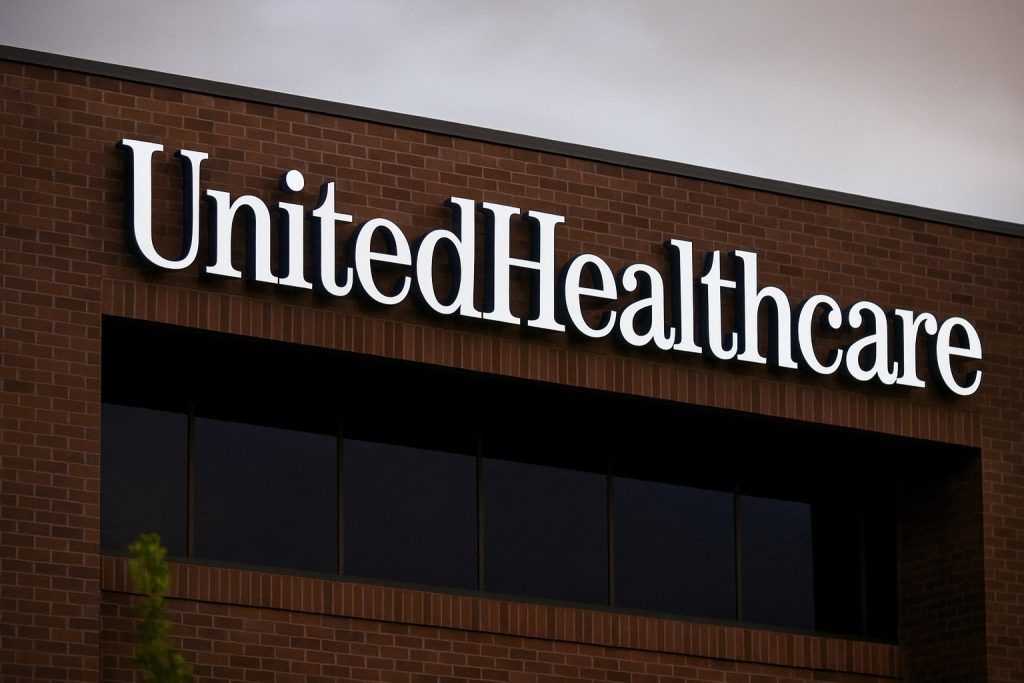- Recent Performance: JNJ closed at $188.87 on Oct. 31 [1], extending a strong rally. Shares are up roughly 31% year-to-date [2] amid steady gains in its pharmaceutical and MedTech franchises.
- Q3 Earnings & Guidance: On Oct. 14 J&J reported Q3 sales of $23.99B (↑6.8% YoY) and EPS $2.80, topping consensus (≈$23.75B/$2.76) [3]. Management then raised its 2025 product revenue outlook to $93.5–93.9B (above the prior ~$93.4B) [4], and kept full-year EPS guidance around ~$10.85. These results underpin JNJ’s upward momentum.
- Strategic Spin-Off: The company announced a plan to spin off its ~$9.2B Orthopedics unit as “DePuy Synthes” over the next 18–24 months [5] [6]. Analysts view this as focusing J&J on higher-growth areas. Indeed, TS2.Tech highlights that many experts believe the split will turn J&J into “a higher-margin, faster-growing enterprise” [7]. Management says the move lets J&J “focus on high-growth, high-margin areas” like oncology, immunology, robotics and surgical devices [8] [9].
- Analyst Outlook: Wall Street remains generally bullish. MarketBeat notes the consensus rating is a “Moderate Buy” with an average 1-year target of about $199.05 [10]. Key firms have lifted targets on strong Q3 trends: for example, Leerink raised its JNJ target to $201 [11], RBC Capital maintains $209, Wolfe Research $225, and others in the $190–225 range [12].
- Income Profile: J&J continues its dividend legacy. The stock yields roughly 2.8%, with a recent 4Q2025 dividend of $1.30/share (payable Dec 9) [13] – marking the 62nd consecutive year of annual dividend hikes.
- Risks & Catalysts: On the downside, a recent FDA update added a boxed warning to J&J/Legend’s CAR‑T cancer drug Carvykti for serious gut inflammation [14]. JNJ stressed the therapy’s benefit/risk remains favorable [15]. Other watchpoints include potential biosimilar competition (e.g. for Stelara) and litigation (legacy talc-related claims affecting spun-off Kenvue) [16] [17]. These could temper sentiment if developments intensify.
Earnings & Guidance Lift Hopes
Johnson & Johnson’s Q3 report and guidance boost have underpinned recent optimism. Excluding currency effects, total sales rose 6.8% to $23.99B, with key drugs like Darzalex ($3.67B) and its autoimmune blockbusters driving growth [18] [19]. Adjusted EPS of $2.80 beat forecasts, and management raised full-year 2025 product revenue guidance to $93.5–93.9B [20]. Such beats and raises were well-received: on Oct. 14 JNJ stock spiked ~2%, closing near $191 [21]. Analysts point out that JNJ now expects 2026 sales growth above 5%, reflecting confidence in its new drug launches and MedTech momentum [22] [23]. Even as the blockbuster Stelara loses exclusivity, JP Morgan calls J&J “one of the cleaner stories” in big pharma, given steady core growth [24].
Spin-Off Sharpens Focus
A major strategic shift is underway: J&J will spin off its orthopedics unit (hips, knees, surgical tools) into a standalone named DePuy Synthes [25]. This follows the 2023 consumer health split (Kenvue) and is aimed at “unlocking value,” as the business generates about 10% of JNJ’s revenue. Management says the move lets each company focus on its strengths – e.g. J&J doubling down on cancer, immunology, robotics and next-gen surgery [26] [27]. Experts agree this could sharpen J&J’s margins: SeekingAlpha’s news team notes the spin-off “aims to focus J&J on higher-growth, higher-margin markets,” potentially boosting agility [28]. In fact, TS2.Tech reports that by carving out orthopedics, J&J can direct more R&D into its six priority areas (Oncology, Immunology, Neuroscience, Cardiovascular, Surgery, Vision) [29]. Analysts and investors see the transaction as largely positive: Guggenheim warns the recent 32% YTD rally may limit near-term upside [30], but others (e.g. JPMorgan) believe the spin-off “should create a faster-growing J&J over time” [31].
Analyst Ratings & Price Targets
Wall Street analysts broadly welcome J&J’s story. According to MarketBeat, of 25 covering analysts the median recommendation is a buy and the average price target is $199.05 [32] (implying ~5–6% upside from current levels). After Q3 results, several banks boosted targets: Leerink (now SVB Securities) to $201 [33], Raymond James to $209, Wolfe Research to $225 [34], even as more conservative firms peg fair value in the $190s. In aggregate, consensus forecasts predict roughly mid-single-digit EPS growth (to ~$11.40 by 2026) and 5–7% annual revenue growth [35]. Even SeekingAlpha/TS2 notes the prevailing sentiment is cautiously optimistic: most analysts see J&J as “moderately undervalued” [36] given its fundamentals, though they flag litigation and biosimilars as wildcard risks [37]. In sum, J&J appears fairly valued to slightly undervalued, with analysts eyeing roughly $200–210 as a near-term target range.
Market Context & Forecast
JNJ remains a defensive, dividend-king stock in a volatile market. Its low beta (~0.4) means it moves less than the market, appealing to income investors. YTD it has outperformed the S&P Healthcare index significantly [38]. The forward dividend yield (~2.8%) is attractive in a low-interest environment [39]. Technically, JNJ is near its 52-week high ($194.48 on Oct 20 [40]). Some traders may await a pullback or consolidation before calling further upside. That said, catalysts remain: analyst commentary suggests any positive news in oncology or devices could send shares higher. Conversely, geopolitical risks (e.g. U.S.-China trade tensions mentioned by Zacks’ Mulberry [41]) and generic competition are watchpoints.
Bottom Line: Before the Nov. 3 open, J&J stock is trading near record levels after a strong earnings beat and strategic realignment. Experts emphasize the spin-off and refocused pipeline as long-term positives [42] [43]. Analysts’ price targets cluster around $200, implying modest upside [44] [45]. Key factors to monitor include any updates on its new drug launches, the orthopedics spinoff timeline, and how the market digests upcoming trial results or regulatory news.
Sources: Company filings and earnings releases [46] [47]; Reuters and Yahoo Finance news [48] [49]; market analysis from Simply Wall St and TS2.Tech [50] [51]; analyst reports and SEC filings (via MarketBeat) [52] [53]. All data cited are as of Nov. 2, 2025 premarket.
References
1. simplywall.st, 2. simplywall.st, 3. www.reuters.com, 4. www.reuters.com, 5. ts2.tech, 6. ts2.tech, 7. simplywall.st, 8. ts2.tech, 9. ts2.tech, 10. www.marketbeat.com, 11. www.investing.com, 12. www.investing.com, 13. www.marketbeat.com, 14. www.reuters.com, 15. www.reuters.com, 16. simplywall.st, 17. www.reuters.com, 18. ts2.tech, 19. www.reuters.com, 20. www.reuters.com, 21. ts2.tech, 22. ts2.tech, 23. www.investing.com, 24. www.reuters.com, 25. ts2.tech, 26. ts2.tech, 27. ts2.tech, 28. ts2.tech, 29. ts2.tech, 30. www.reuters.com, 31. www.reuters.com, 32. www.marketbeat.com, 33. www.investing.com, 34. www.investing.com, 35. www.investing.com, 36. simplywall.st, 37. simplywall.st, 38. www.reuters.com, 39. www.marketbeat.com, 40. www.macrotrends.net, 41. www.reuters.com, 42. simplywall.st, 43. ts2.tech, 44. www.marketbeat.com, 45. www.investing.com, 46. ts2.tech, 47. ts2.tech, 48. www.reuters.com, 49. www.reuters.com, 50. simplywall.st, 51. ts2.tech, 52. www.investing.com, 53. www.marketbeat.com





